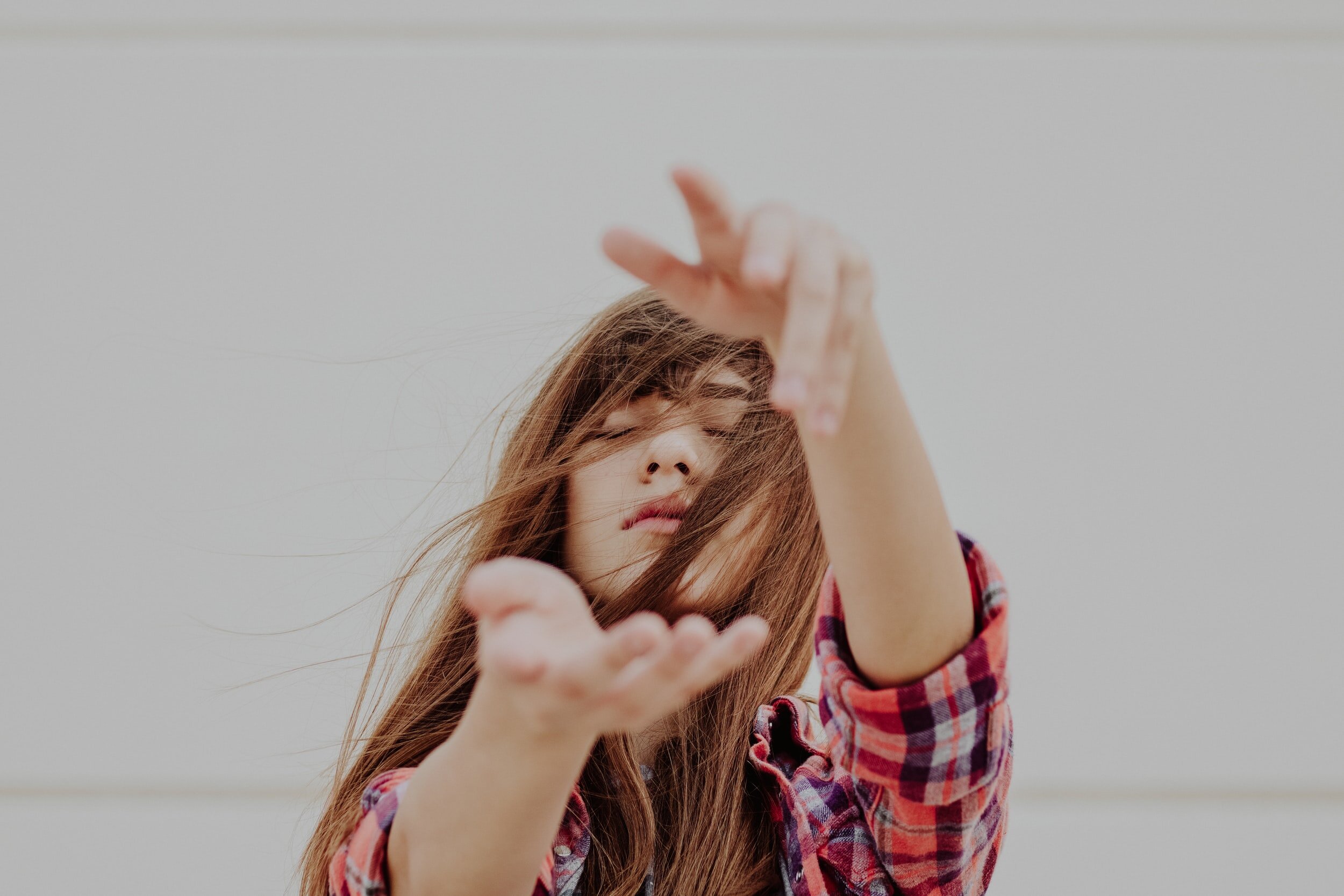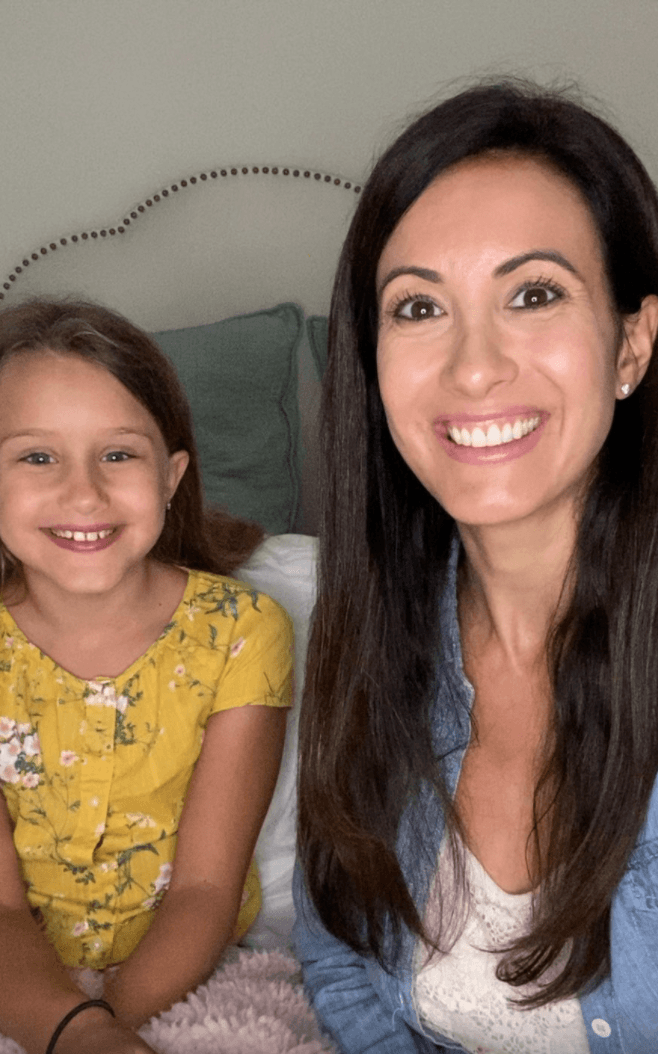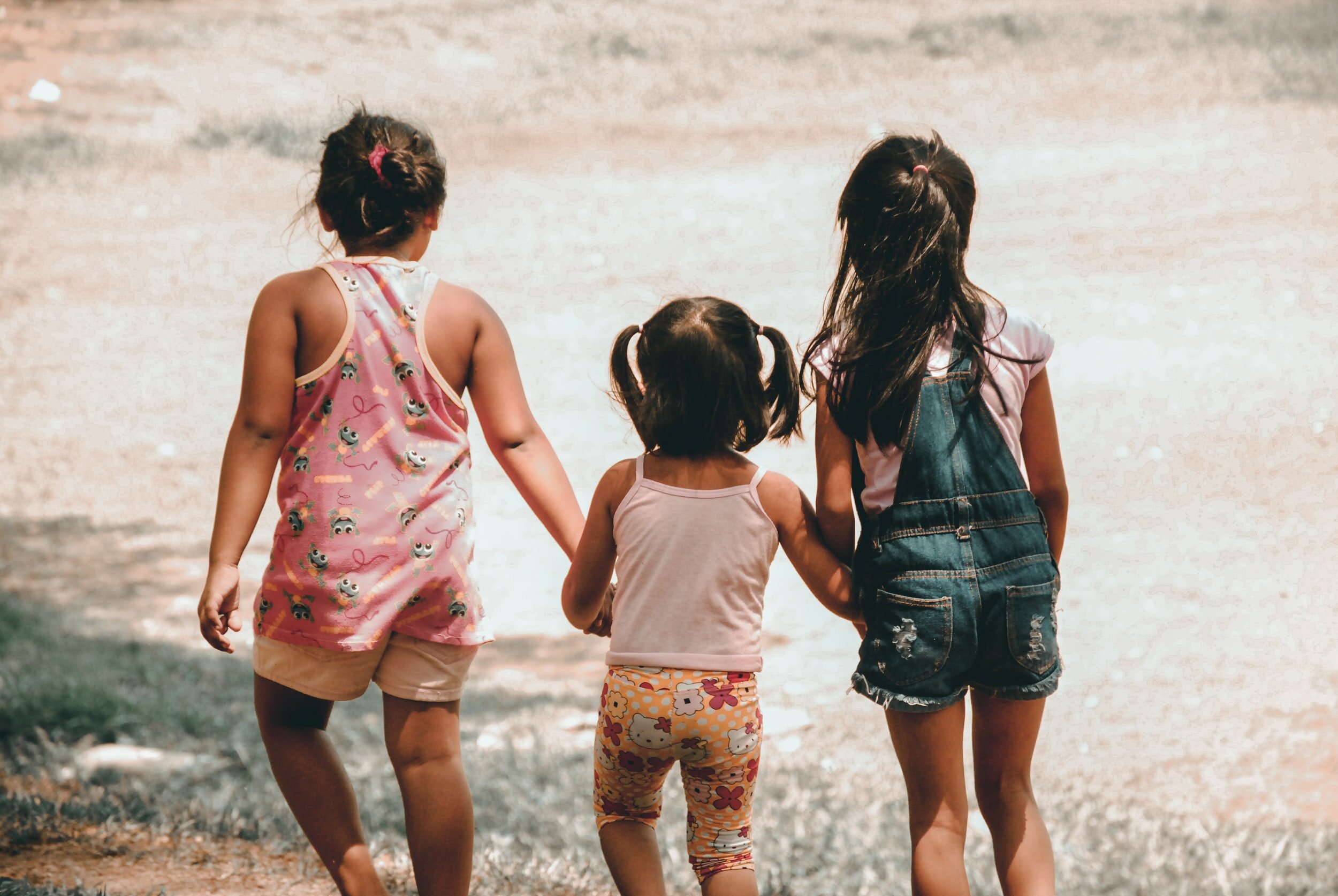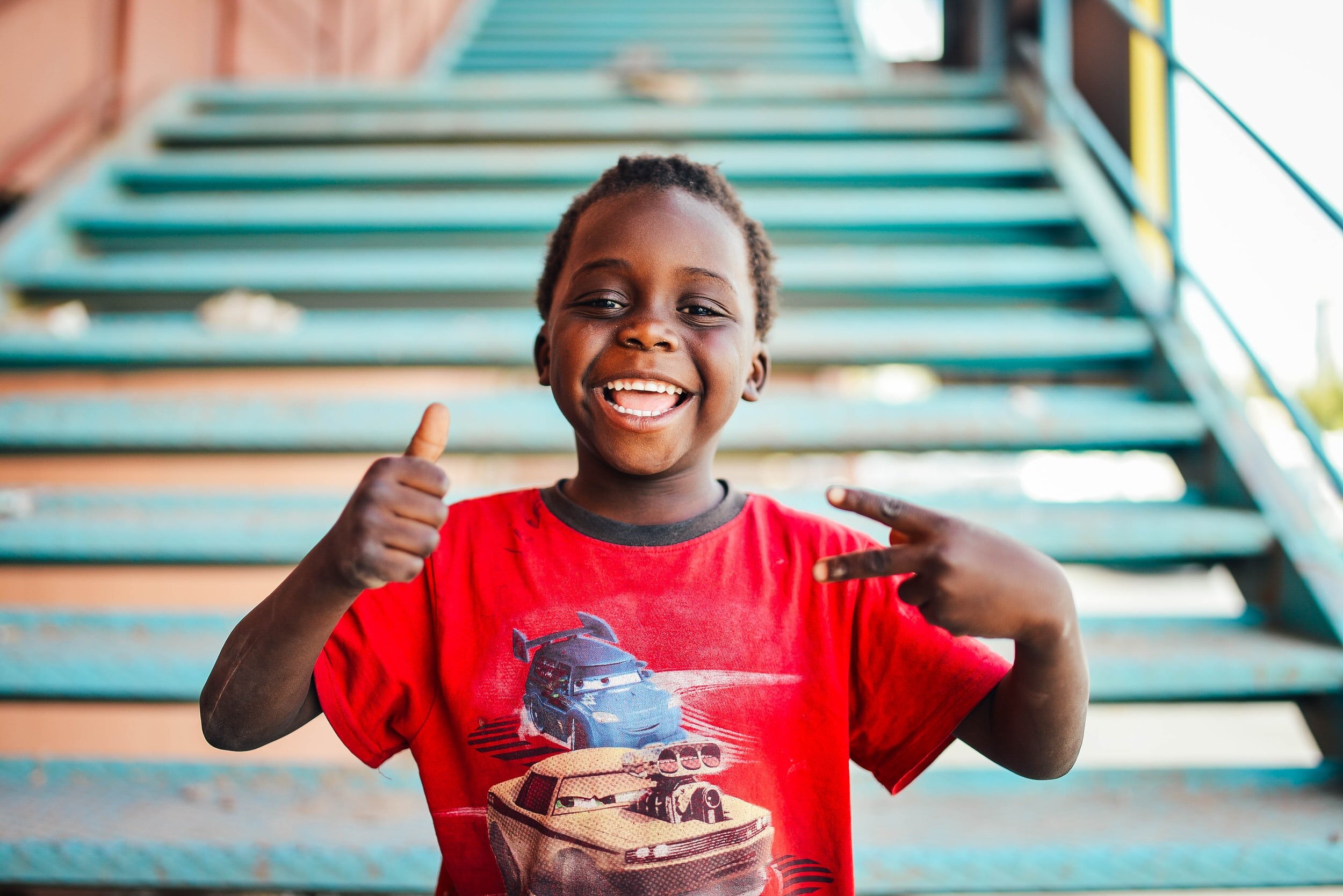Breathwork for Kids, with Meditation Teacher Rachel Hilinski
March 30, 2021

We all know about the importance of breathwork for maintaining health and mental well-being, but one thing I knew I never thought about–not at least until I saw it on my friend Rachel Hilinski’s IG–was the importance of breathwork for kids.
Simple Breath Work for Kids
with Meditation Teacher Rachel Hilinski
So here’s the thing. I actually encourage my kids to breathe deeply when they’re feeling stressed or upset. Sometimes they listen (and it works!), and other times they insist on staying cranky–imagine that ;)–but either way, I firmly believe that even teaching kids the concept of breathwork for relaxation helps them.
When kids know they have the power to relax themselves, it’s very empowering.
In fact, sometimes I’ll even catch my son taking his deep breaths at nighttime when he wants to relax. It’s actually quite sweet. 🙂
Meet the Expert, Rachel Hilinski
I’ve featured Rachel Hilinski before on the blog–check out her recipe for an amazing, anti-inflammatory aloe vera smoothie recipe HERE–and I’m so glad she’s back, sharing her wisdom again!
Quick reintroduction: Rachel is a Certified Holistic Nutritionist and Meditation Teacher, and her credentials are incredible.
After earning her degree in business marketing, Rachel went on to study at the Global College of Natural Medicine (now the University of Natural Health); and then went on to study in NYC at the Institute of Integrative Nutrition under holistic medicine and mindfulness experts Dr. Mark Hyman, Dr. Andrew Weil and Deepak Chopra.
Now Rachel uses her time to educate people on living healthier, more mindful lives through better nutrition and meditation. Read all about her programs here!
Breaking Down Breath Work
I heard someone say once, “Breathwork is your first therapist,” and I couldn’t agree more.

Did you ever notice how much you can change your mood–bring down your stress, stop crying, calm anger–just by taking a few minutes to breathe deeply?
I’m always doing this lately. I mean, homeschooling, the pandemic and three young kids with no regularly-scheduled activities will do that to ya. Like, has there ever been a more stressful time in recent history (THE ANSWER IS NO, say all parents!).
Anyhow, breath work for kids! Let’s dig in, so we can teach these sweet little monsters how to be calmer, more in-tune little beings sooner rather than later!
All the answers from Rachel are below!
How Do You Define Breathwork?
Rachel: Breathwork is a conscious, controlled form of breathing that connects your mind and body, providing you the ability to get to a more relaxed state of being, mentally any physically.
What Happens in the Body When We Practice Breath Work?
In the Body
“When you start deep breathing, you activate your parasympathetic nervous system, which in turn slows down your heart rate and lowers your blood pressure, creating a calming effect.
You also should be breathing through your diaphragm instead of your chest, which allows your neck and chest muscles to relax, as well as a large amount of oxygen to reach your body’s cells and organs.”
In the Mind
“Breathwork can help slow down emotional turbulences in your mind. It can help with depression, anxiety and PTSD.”

How to Get Kids to Try Deep Breathing
“First thing you do is be a role model! Let your children see you take a minute to breathe. Then, include them without being pushy.
Most kids love when something is fun and creative. They love using their imagination. So, we make breathing fun. [Check out Rachel’s daughter, Sage’s, meditation ideas–including one I’ve dubbed the Bubble Breathing Method–here!]
I think it is so important for our children to have this “tool” in their toolbox at an early age so that it is wired in their sweet little brains. That way, they can provide themselves the ability to be more calm at any moment.
However, for boys, once they get around the age of 10, these creative breathing techniques are not as “cool,” and at that point I think it’s important to teach them how these breathing tools can benefit their performance, whether it is in sports, specific activities or even in school.
As a parent, you know what motivates your children, so … show them how breathing can benefit their mental and physical activities, specific to them as an individual.”
Editor’s Note: This is Sonni, hopping in for a second!
When my kids are too frustrated or upset to visualize, I just encourage them to do the simplest exercise possible. I stop them, make them look at me, and say, “Okay, breathe in through your nose for as long as you can, and then blow it out slowly from your mouth. Try to hit me with the air!”
Then I make a face like they’re blowing me away. (Something about them torturing me a little bit gets them going… go figure.) Anyhow, not an expert, but wanted to drop in here and tell you how we do things sometimes!
The Changes Parents Can See When Kids Do Breath Work
“When children start learning how to use their breath, they are able to calm themselves in a heated moment (although I encourage them to release their energy and emotions first), reduce stress or anxiety, sharpen their ability to focus and so much more internally for their health.”

Okay, now give me your thoughts: Have you ever, or will you, get your kids to try breath work?
I know, for one, that I’ll be using these techniques the next time the kids start fighting over Roblox. So like, tomorrow?
Don’t forget to follow Rachel on Instagram; that’s where she’ll be adding new videos to this series on breath work for kids!
Also, check out her blog for helpful tips on so many other health-related topics; her shop for her supplement suggestions; and her Services section to get more information on starting your own health journey.
© 2022 WGT Designed by leche studio
PRIVACY & TERMS
CONNECT
NAVIGATE
Home
Blog
Work With Me
More From Us
Want to be the first to get the latest updates and news?
About
Podcast
Contact